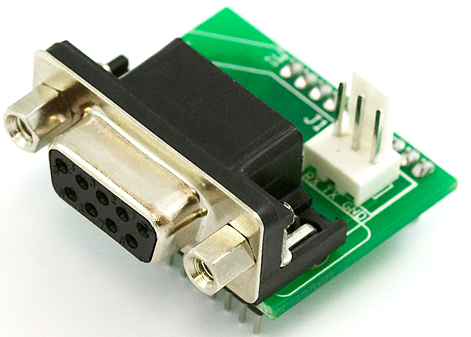Historically, RS232 Communication protocol is an old serial communication protocol developed by EIA (Electronics Industry Alliance)/TIA (Telecommunications Industry Association)-232 in the year 1962. Modern hardware designs use innovative serial communication protocols like USB, Ethernet, and Wi-Fi. But still, RS232 has proven to be prominent. The reason is, RS232 signals spread over longer distances when compared to I2C and serial TTL signals. Moreover, it has better noise immunity. It is proven to be compatible across different manufacturers for interfacing computer and modems.
Contents
- 1 What is RS232 Protocol?
- 2 Electrical Standards
- 3 Communication Interface
- 4 Types of Serial Cables
- 5 How RS232 Communication Works?
- 6 What is Handshaking?
- 7 Difference between RS232 and UART
- 8 Advantages
- 9 Disadvantages
- 10 Applications
Applications
RS232 communication is used in different applications. Some of them are:
- Teletypewriter devices.
- Demodulator applications.
- PC COM port interfacing.
- In embedded systems for debugging.
- Modems and printers.
- Handheld equipment.
- CNC controllers, Software debuggers etc.
- Barcode scanners and Point of Sales (POS) terminals.
End Of Post




































